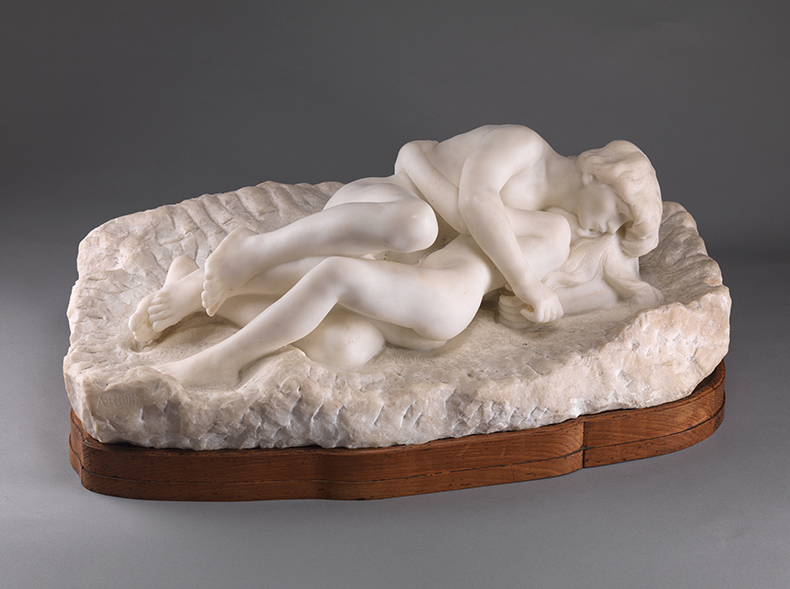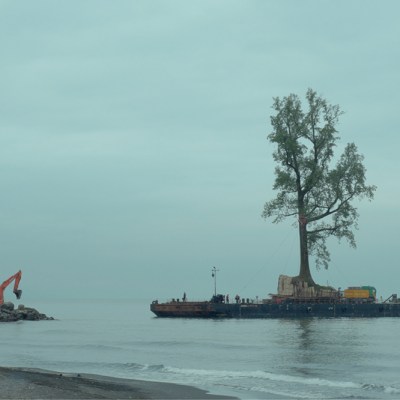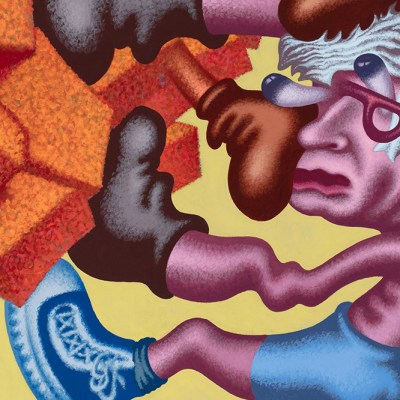The display (18 June–18 September) of 50 sculptures and 25 drawings at the Clark Art Institute in Williamstown, Massachusetts, traces the reception of Auguste Rodin in the United States, from the very first American acquisition of the sculptor’s works by the Metropolitan Museum of Art in 1893 through to recently acquired pieces. With a focus on the art collectors and historians who have helped to shape the artist’s legacy, the exhibition highlights shifting perceptions of his work, from the enthusiasm among collectors during the 1920s and ’30s, which led to the establishment of the Rodin Museum in Philadelphia in 1929, to notable criticisms by the likes of art historian Leo Steinberg during the 1940s and later revivals of the artist’s work in the 1980s. Emphasising Rodin’s diverse use of materials, the exhibition includes watercolours and graphite works alongside large-scale sculptures such as The Kiss (1881–82) and Cupid and Psyche (c. 1886). Find out more on the Clark Art Institute’s website.
Preview below | View Apollo’s Art Diary here
The Small Walking Man (c. 1899), Auguste Rodin (cast by Alexis Rudier, 1903). National Gallery of Art, Washington, D.C.

The Kiss (c. 1881–82), Auguste Rodin (cast by Griggoul and Lorge, 1888). Baltimore Museum of Art

The Sphinx (modelled c. 1888; carved 1909), Auguste Rodin. National Gallery of Art, Washington, D.C.

Cupid and Psyche (c. 1886), Auguste Rodin. Iris Cantor Collection




